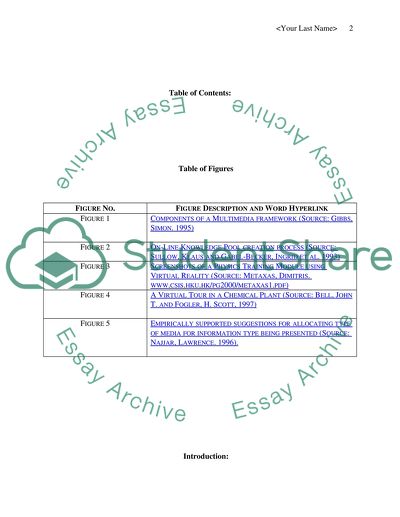Cite this document
(“The growing role of on-line learning courses Essay”, n.d.)
The growing role of on-line learning courses Essay. Retrieved from https://studentshare.org/miscellaneous/1523307-the-growing-role-of-on-line-learning-courses
The growing role of on-line learning courses Essay. Retrieved from https://studentshare.org/miscellaneous/1523307-the-growing-role-of-on-line-learning-courses
(The Growing Role of on-Line Learning Courses Essay)
The Growing Role of on-Line Learning Courses Essay. https://studentshare.org/miscellaneous/1523307-the-growing-role-of-on-line-learning-courses.
The Growing Role of on-Line Learning Courses Essay. https://studentshare.org/miscellaneous/1523307-the-growing-role-of-on-line-learning-courses.
“The Growing Role of on-Line Learning Courses Essay”, n.d. https://studentshare.org/miscellaneous/1523307-the-growing-role-of-on-line-learning-courses.


